Quick Tip: Removing Tree Seedlings
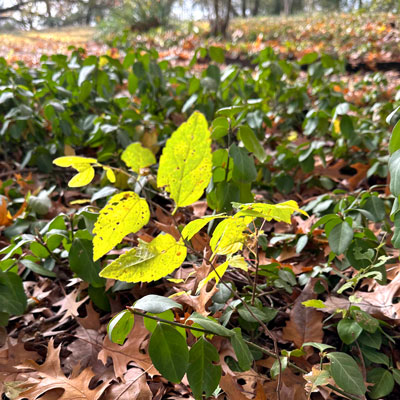
I always dreamed of being a plant propagator. I just didn’t expect it to be of hackberries. But that’s what it’s come to.
Somewhere in our 11-acre forest (or in a forest nearby), there must be a hackberry tree turning out seeds. And birds to eat the seeds. Because they sit in our red oak and Chinquapin oak and crape myrtle trees and do what birds do.
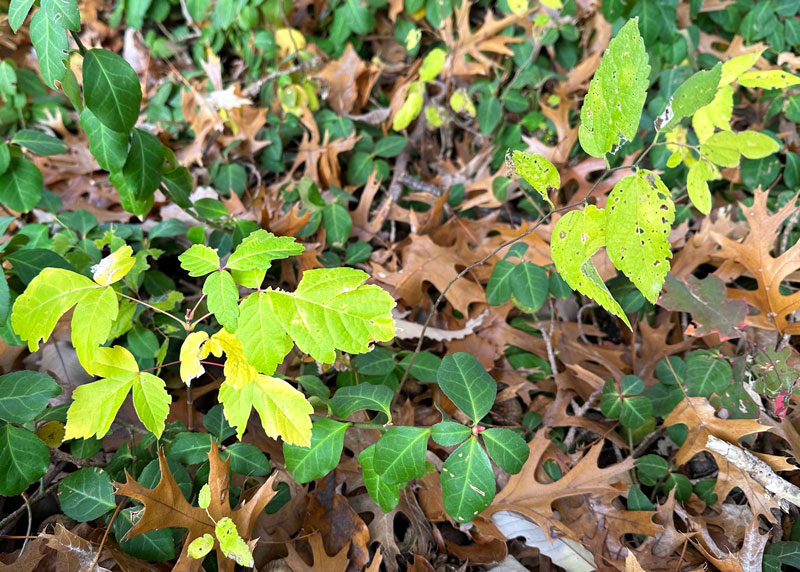
Mix in the lightweight seeds from our own cedar elm that blow into the beds, eastern redcedar fruit that birds cherish, acorns that fall straight down – and a healthy mix of native supplejack and poison ivy and you have a stewpot of things you don’t want in your big purple wintercreeper euonymus groundcover bed.
It doesn’t help that drought and feral hogs took their toll on the bed, too. All of it resulted in a vigorous crop of young tree seedlings this year. I knew they were in there, but vertigo kept me from going in after them. Guys that I hired kept missing them.
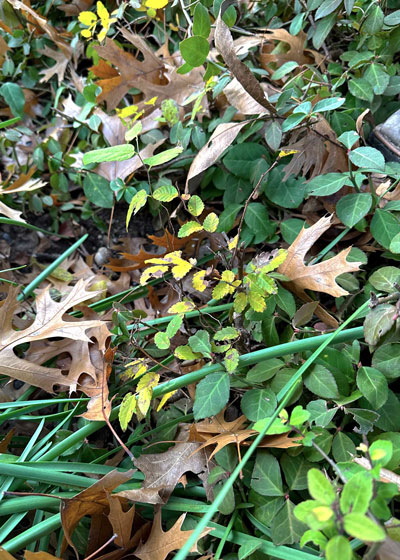
All of that became a lot easier this week when the little trees started turning light green, then yellow. They stood out like beacons in the early morning sunlight, so I hired my guys back and we attacked them in my time-proven way.
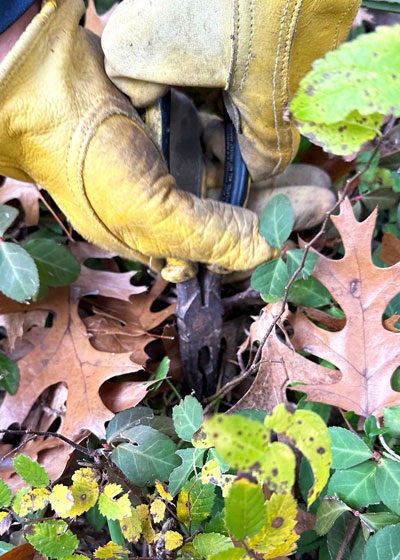
We pulled the seedlings with pliers. It helped that DFW and our landscape had 6-plus inches of rain over Thanksgiving weekend. By snagging the tiny trunks right at ground line and pulling each tree straight up they came out like carrots one after another.
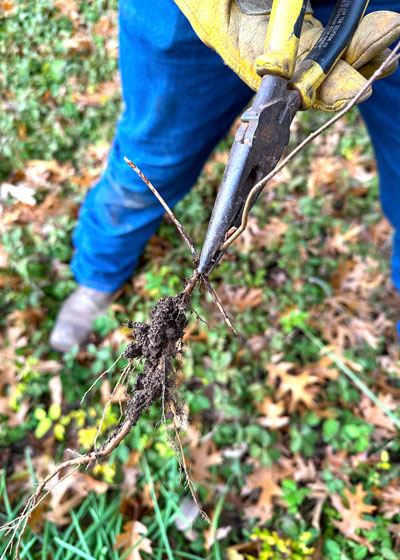
I came up with this technique with pecans in my mondograss beds. One of the guys preferred to use needle-nosed pliers this week. They open back up between pulls. I usually use standard pliers because I get better grabs on the trunks with the wider surface. But it’s all in whichever technique works best for you.
I hope this is of help in your gardening efforts. It’s been a big help for me over the years.
